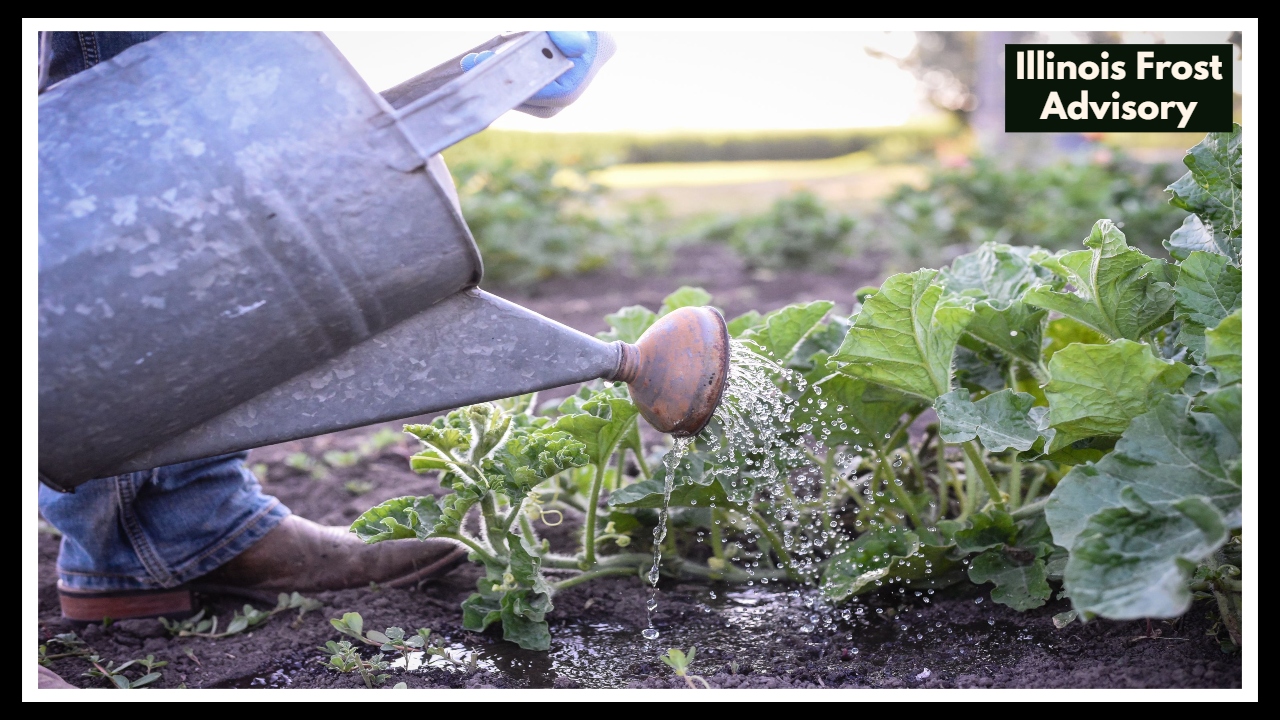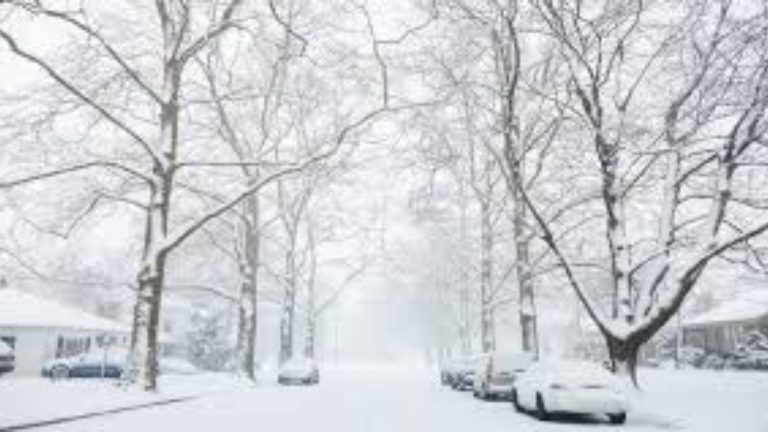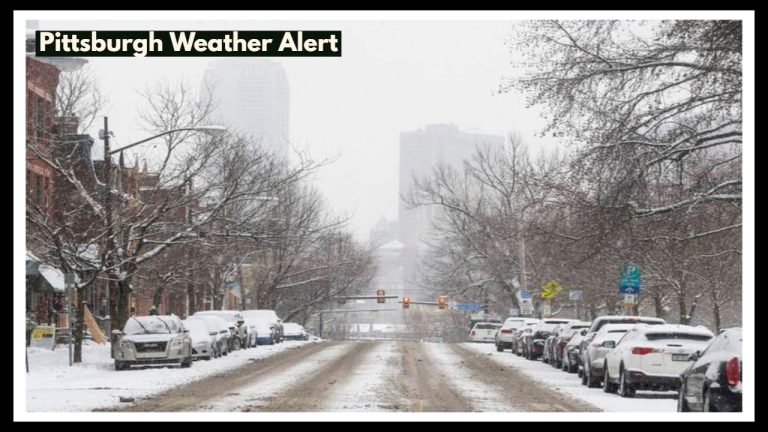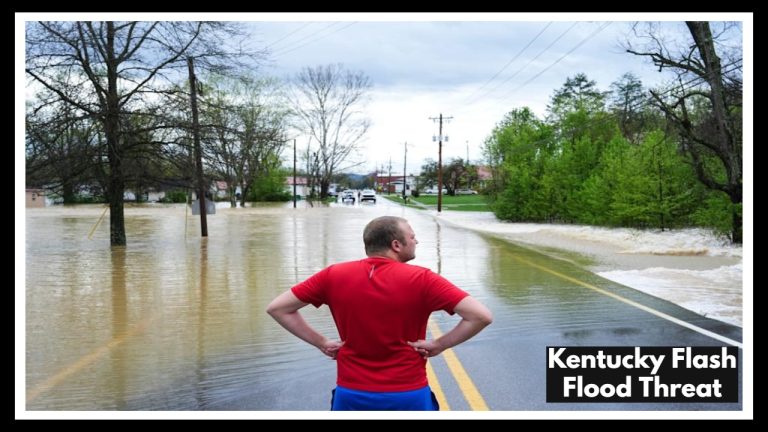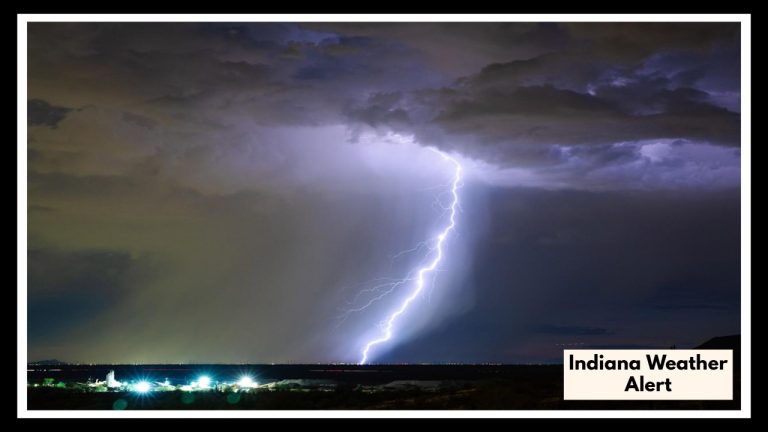Illinois Frost Advisory Just Issued — Here’s How to Save Your Plants Before It’s Too Late!
If you’ve been spending your afternoons planting flowers, prepping your veggie beds, or simply enjoying the early spring warmth, you’ll want to take a quick break and check the forecast. An Illinois Frost Advisory is now in effect for parts of northern Illinois, and it could put all that hard work at risk.
A Quick Chill Could Cost You Your Garden
Overnight temperatures are expected to dip into the low to mid-30s early Friday morning, which is just cold enough to form frost—especially in low-lying or open areas. And while it might seem surprising for May, Illinois weather has a knack for throwing curveballs just when we think we’re in the clear.
Who Needs to Be Concerned?
The National Weather Service has issued the frost advisory for Lake, McHenry, Kane, and DeKalb counties, effective from 1:00 a.m. to 8:00 a.m. on Friday, May 9. If you’re in one of these areas, this is your sign to act now.
What’s especially tricky about this advisory is the timing. After weeks of sunshine and warmer days, many Illinoisans have already planted flowers, herbs, and even started their vegetable gardens. A sudden cold snap like this, after such a mild lead-up, can catch even experienced green thumbs by surprise.
How to Shield Your Plants from the Frost
Don’t panic—just prep. A few simple steps tonight can make sure your garden lives to bloom another day:
-
Cover your plants with lightweight fabric like old sheets, pillowcases, or frost cloth. Just make sure the cover doesn’t touch the leaves directly, as that can cause damage.
-
Move potted plants inside your garage, basement, or even next to the house under shelter to give them a fighting chance.
-
Water the soil in the evening. Damp soil holds heat better than dry ground and can help buffer against the cold.
Think of it as tucking your plants in for the night—just a little protection goes a long way.
Why This Illinois Frost Advisory Matters—Even in May
It’s easy to assume that once May arrives, frost is behind us. But that’s not always how it works around here. Spring in Illinois can be unpredictable, and this advisory is a reminder that nature doesn’t follow the same schedule we do.
By staying alert and acting quickly, you can prevent a frustrating—and possibly costly—setback in your gardening season.
FAQ About Illinois Frost Advisory
1. What’s this Illinois Frost Advisory all about—and should I be worried?
It’s basically a heads-up from the National Weather Service that things are about to get chilly—maybe even cold enough to damage your plants. Overnight temps are expected to drop into the 30s, and that’s prime frost-forming territory. If you’ve been out planting flowers or veggies lately, this is something you’ll want to pay attention to.
2. Am I in the affected area?
If you live in Lake, McHenry, Kane, or DeKalb County, you’re right in the zone. The advisory is active early Friday morning (May 9) from 1:00 a.m. to 8:00 a.m., when the cold will really settle in. Even if you’re nearby, it doesn’t hurt to take precautions—frost doesn’t always stop at county lines.
3. Which plants are most at risk from frost?
Anything tender or freshly planted—think tomatoes, basil, petunias, or even potted houseplants you’ve moved outside. New seedlings and early spring plantings haven’t had time to toughen up, so they’re especially vulnerable to frost damage.
4. What’s the easiest way to protect my plants?
Honestly, a few simple steps can save your garden.
-
Cover your plants with old sheets, pillowcases, or any breathable fabric (no plastic—it traps moisture).
-
Bring pots inside or at least into a sheltered spot like a garage or porch.
-
And if you can, water your garden in the evening—wet soil holds heat better than dry.
It’s like tucking your garden in for the night.
5. Isn’t it a little late in the season for frost?
You’d think so—it’s May, after all—but Illinois weather loves to keep us guessing. A cold snap this time of year isn’t super common, but it’s definitely not rare either. That’s why seasoned gardeners wait until mid-May or later before planting the most frost-sensitive crops. Until then, it’s always smart to keep an eye on the forecast.

